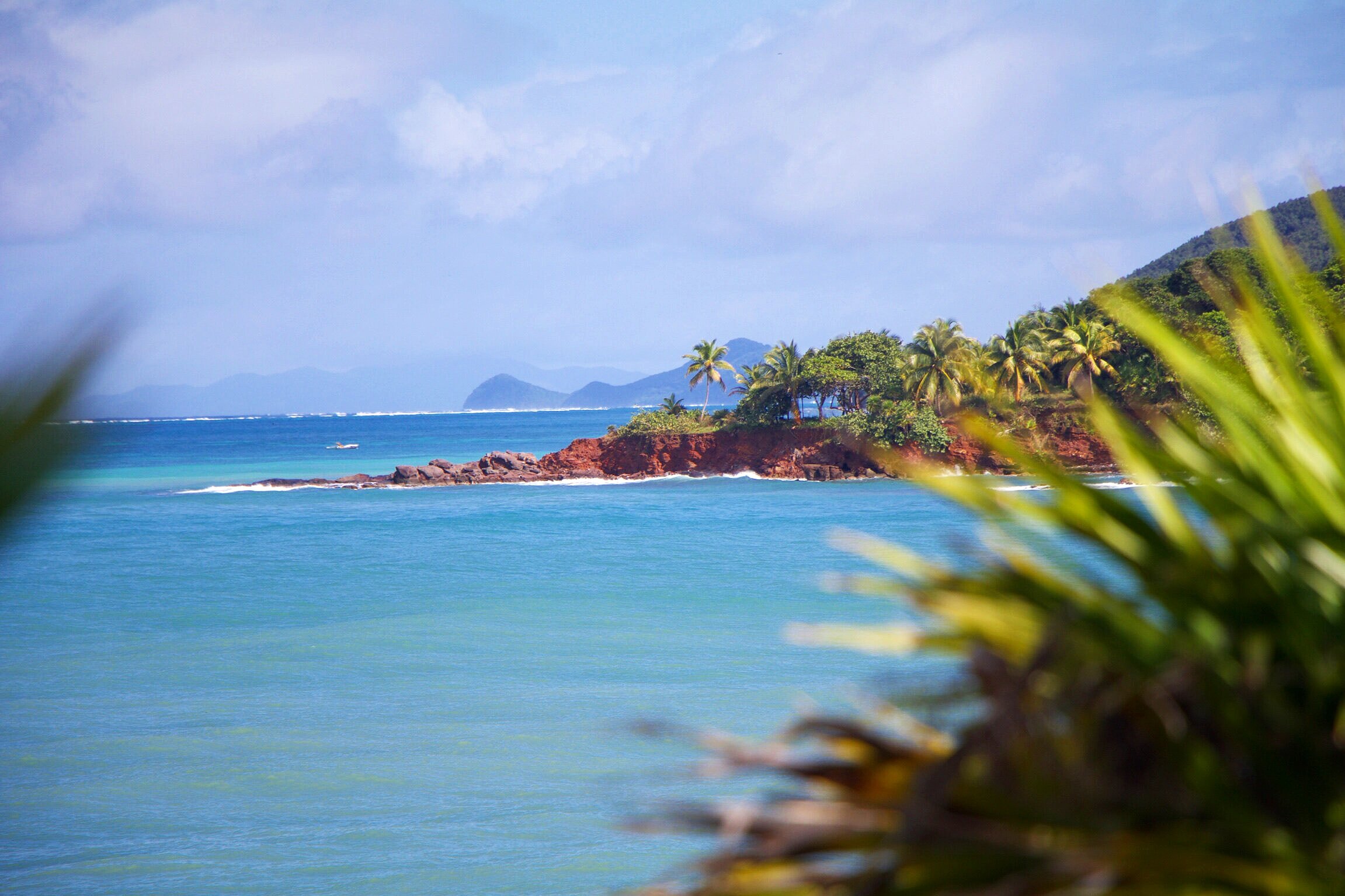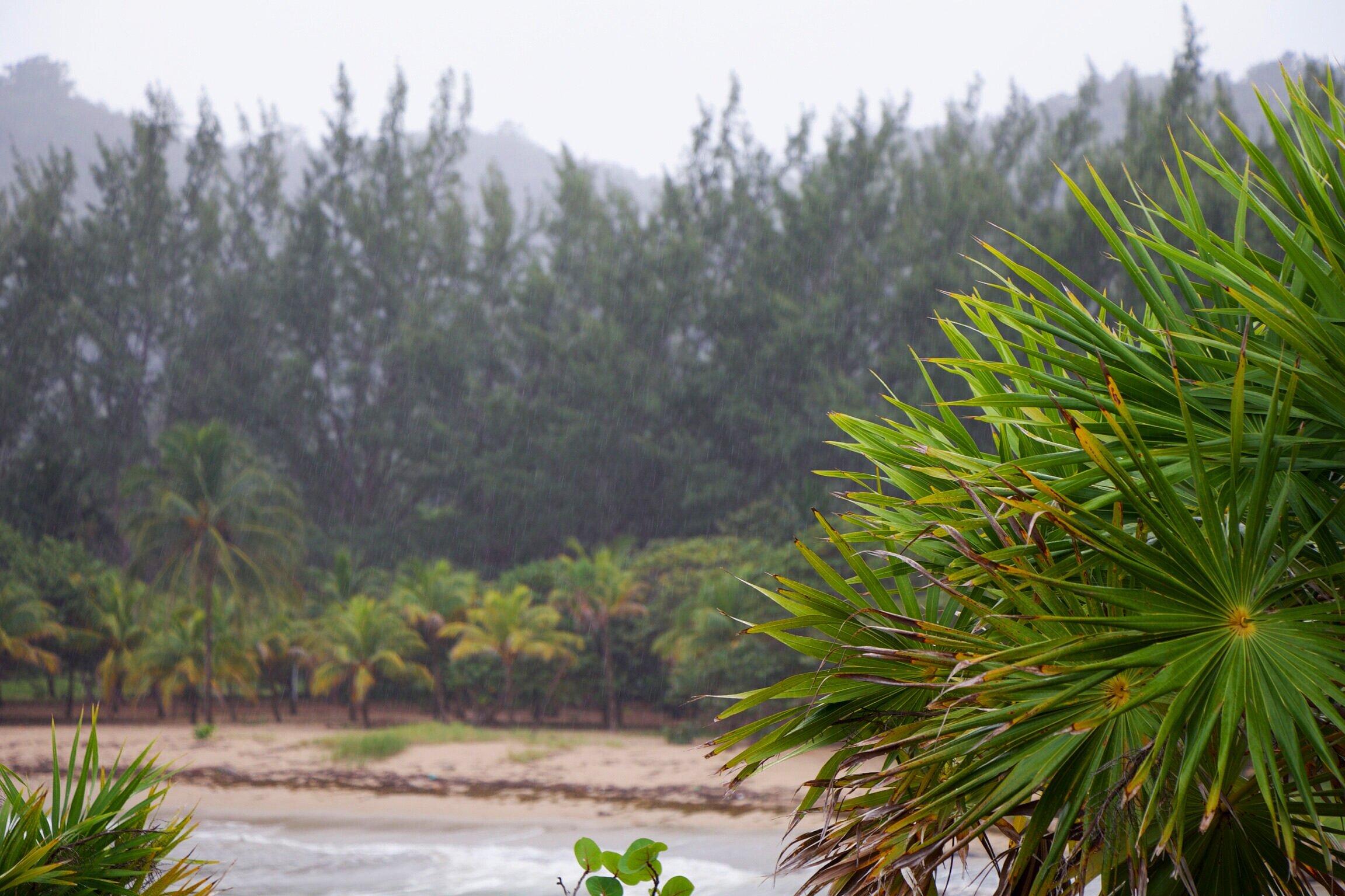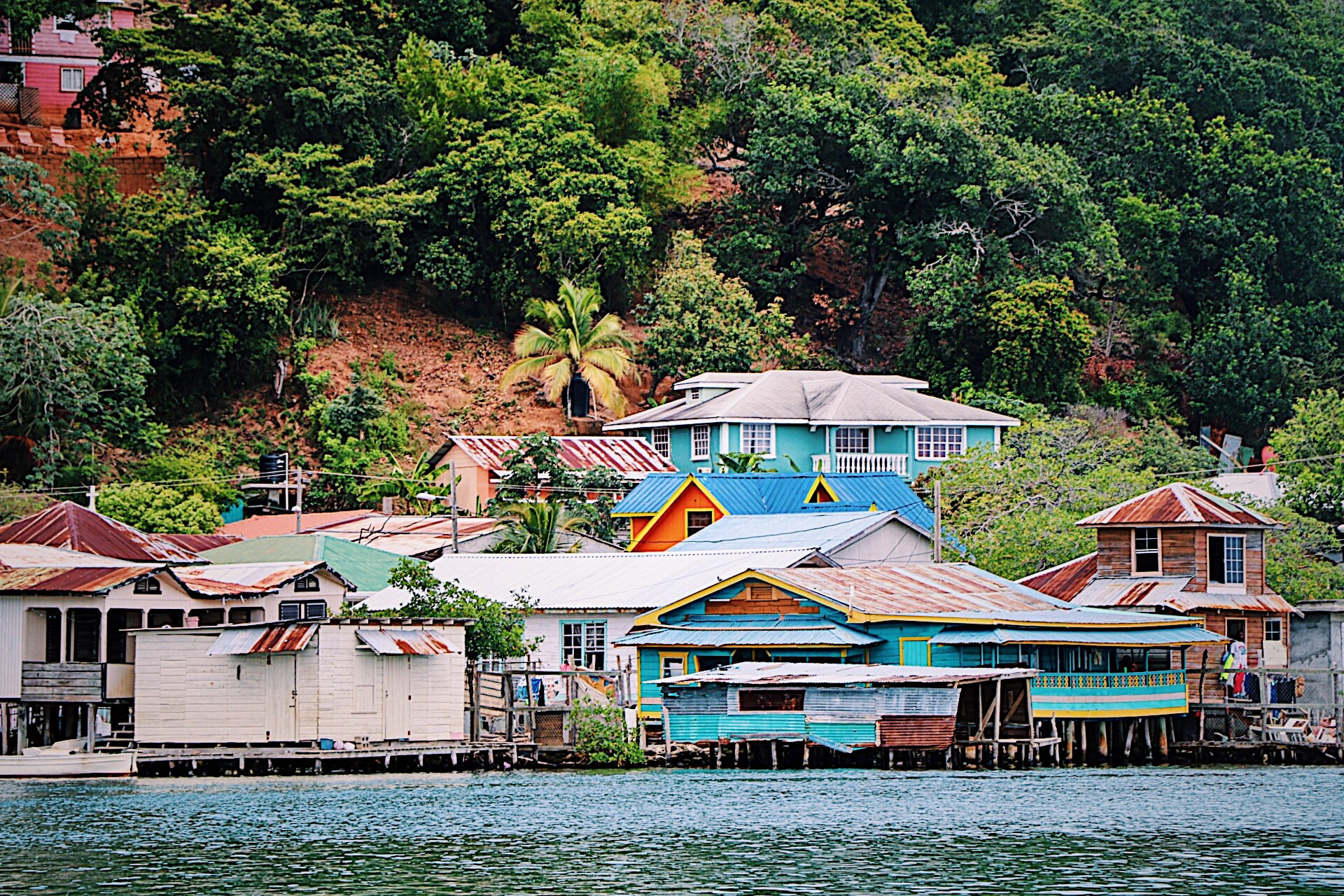
explore & discover.
Roatan East End.
Roatan’s East End is an island living the way it used to be. The region is sparsely populated and features lush forests, cattle ranches, fishing villages and some of the island’s most interesting and off the beaten path resorts and restaurants. The journey begins just outside the town of French Harbor when you pass through a quaint ramshackle village with represents the gateway to the East End. A well-maintained mountaintop road meanders some 15 miles across the central spine of the island and offers stunning views of both the northern and southern coasts of Roatan. Along the way, you’ll spot signs pointing away to picturesque hamlets like the expat community of Politilly Bight and Jonesville, a small fishing village which was established way back in the 1800s.
Camp Bay.
Unlike the West End of Roatan, the beaches on the East End of the island are mostly deserted, and one of them is almost two miles long. The resorts are unassuming, rustic, and few and far between. When island residents want to escape the hustle and bustle of the West End, many come to Camp Bay for a bite to eat and to remind themselves what a magnificent place Roatan is. Many argue Camp Bay is the best beach on Roatan. The water is more turbulent than on West Bay, but Camp Bay is the least crowded.
Punta Gorda.
Once you’re back on the highway, you’ll quickly come to a fork in the road. Turn the left, and you’ll arrive in Punta Gorda, the oldest permanent settlement on Roatan and home of the Garifuna people. The community was founded in 1797 when the British deported some 3,000 slaves from San Vicente and stranded them here on the deserted beach. Today, you’ll find a picturesque, sleepy seaside village, whose residents still cherish the old ways and are happy to spend a few minutes sharing their stories with visitors.
Oak Ridge.
Oak Ridge is the largest on Roatan’s East End. This is as authentic as it gets. Here, many of the locals live in traditional houses that are built on stilts over the water. Folks get around by boat. And, one of the most popular tourist attractions is a ride in a wooden dory, through the tunnels and canals of the islands and environmentally protected Mangrove Forest. Oak Ridge’s amazing natural harbor is home to what remains of the East End’s shrimp and lobster fishing fleet. Visit Oak Ridge, you’ll be glad you did.
Geography.
The island of Roatan is approximately 32 miles long and a little over two miles wide. On the map, Roatan looks a bit like an alligator. It’s divided into two separate municipalities, Santos Guardiola the east and Roatan Municipality in the west, which is where most visitors spend their time enjoying the islands resorts, restaurants, dive operations, adventure parks and nightlife. However, to really discover the treasures that are stashed away on this beautiful little island, you have to step off the beaten path a bit. Take the road less traveled, and pay a visit to the east end of Roatan. Since the Roatan Island only has one main road, it’s not that hard to find. Come, see for yourself Roatan’s eastern treasures.

Oak Ridge.
Calabash Bight.
When you return to the main highway, the fork in the road to the right is where the pavement ends, and the real East End adventure begins. Ahead, is a fairly well-maintained gravel road that winds for about seven miles through a pristine rainforest and jungle canopy. If you have a strong, high-profile four-wheel drive vehicle, take the turnoff to Calabash Bight and have a glance at one of the most perfect natural harbors in the Caribbean. This is the Roatan most folks never get to see, and it’s easy to play Robinson Crusoe out here.
“Punta Gorda is the oldest settlement on Roatan and its the home of the Garifuna People.”
Old Port Royal.
From Camp Bay, the gravel continues for about another mile up and over some very rugged terrain. Stick with the bumpy ride, and you’ll be rewarded with a view that is one of the most stunning and little seen on Roatan, the sparsely populated and impassible islands of Helene, Morat, and Barbareta. One of the best ways to experience & observe the East End of Roatan is by boat. Oak Ridge is the place to find one, and the ride to Old Port Royal will take you past some of the most settlements on the island. Road access is limited, and so is electricity. If you want to get away from it all, this is the place to do it. Here you will find the Port Royal Park and Wildlife Refuge, where not much has changed since pirates like Henry Morgan dropped anchor in the bay.
Port Royal Ruins.
The ruins of the British fortress at Old Port Royal remain one of the best-kept secrets of the island. It was on this site, back in the 1930s, that the English adventurer, Mitchell Hedges, reported discovered four(4) chests filled to the brim with gold doubloons. Maybe you’ll get lucky too.
Today, Roatan’s East End remains the gem that everyone can find. Undeveloped and unspoiled and a glimpse into a past that’s still flourishes. Make the journey, and you’ll discover, not a pirate’s plunder, but an island wonderland that remains an undiscovered precious jewel in the crown of the Caribbean. Step away from the noise. Take the road less traveled and see for yourself. Roatan’s Eastern Treasures.



